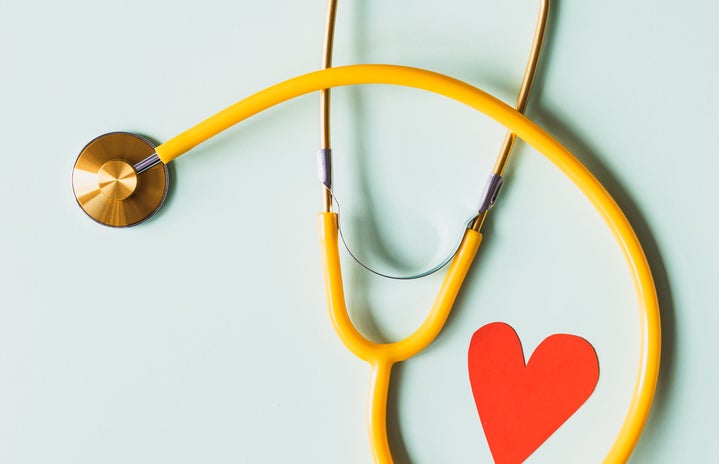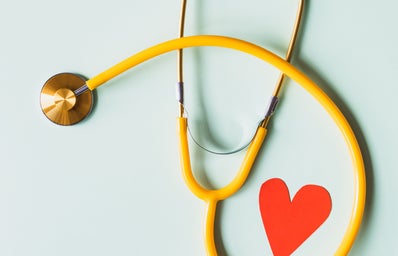Breast Cancer is one of the most common cancers faced by women. It is responsible for the most deaths of women of any other cancer. October is Breast Cancer Awareness Month, and it is important that women are knowledgeable of ways to catch breast cancer early. One of the easiest ways for a woman to screen themselves for breast cancer is the self-exam. This is an exam that can easily be done by everyone at home. However, many people don’t know how to do this exam correctly. These are the steps that a person should follow for the self exam.
Step 1:
Stand in the mirror and observe your breasts while you’re standing with your hands on your hips and your shoulders straight. You should be observing the shape, size, and coloring. Some abnormal findings include dimpling, puckering, or bulging.
Step 2:
After observing your breasts with your hands on your hips, raise your arms and observe the same details as stated in step one.
Step 3:
While still looking in the mirror, observe your nipples for any abnormal discharge from one or both. This includes watery or milky fluid, yellow fluid, or even blood.
Step 4:
While lying down flat, feel your breasts with the pads of your fingers – use the opposite hand for each breast and cover the entire breast. The best way to go about this is to move in a circular motion, going from your armpit to the center of your chest and work your way down. Use light pressure for the skin and tissue beneath your breast, medium pressure for the middle of your breasts and firm pressure for the back of your breast. This firm pressure should allow you to feel into your ribcage.
Step 5:
The last step is to feel your breast while standing up. Follow the same technique as stated in step four. Some women prefer to do this in the shower as their skin is wet and slippery.
Every woman’s breasts are different, so the most important thing to note is changes in one’s own breasts. Something that may be abnormal for some is normal for the person performing the exam. It is important to search for lumps but don’t be alarmed if you find any. Many women have lumps and it is important to note any changes that one notices.
Reference:
Breast Self-Exam: How to Check for Lumps and Other Breast Changes. (2019, October 24). Retrieved October 06, 2020, from https://www.breastcancer.org/symptoms/testing/types/self_exam



